Year 1 Measurement Worksheets
Combining Coins (A)
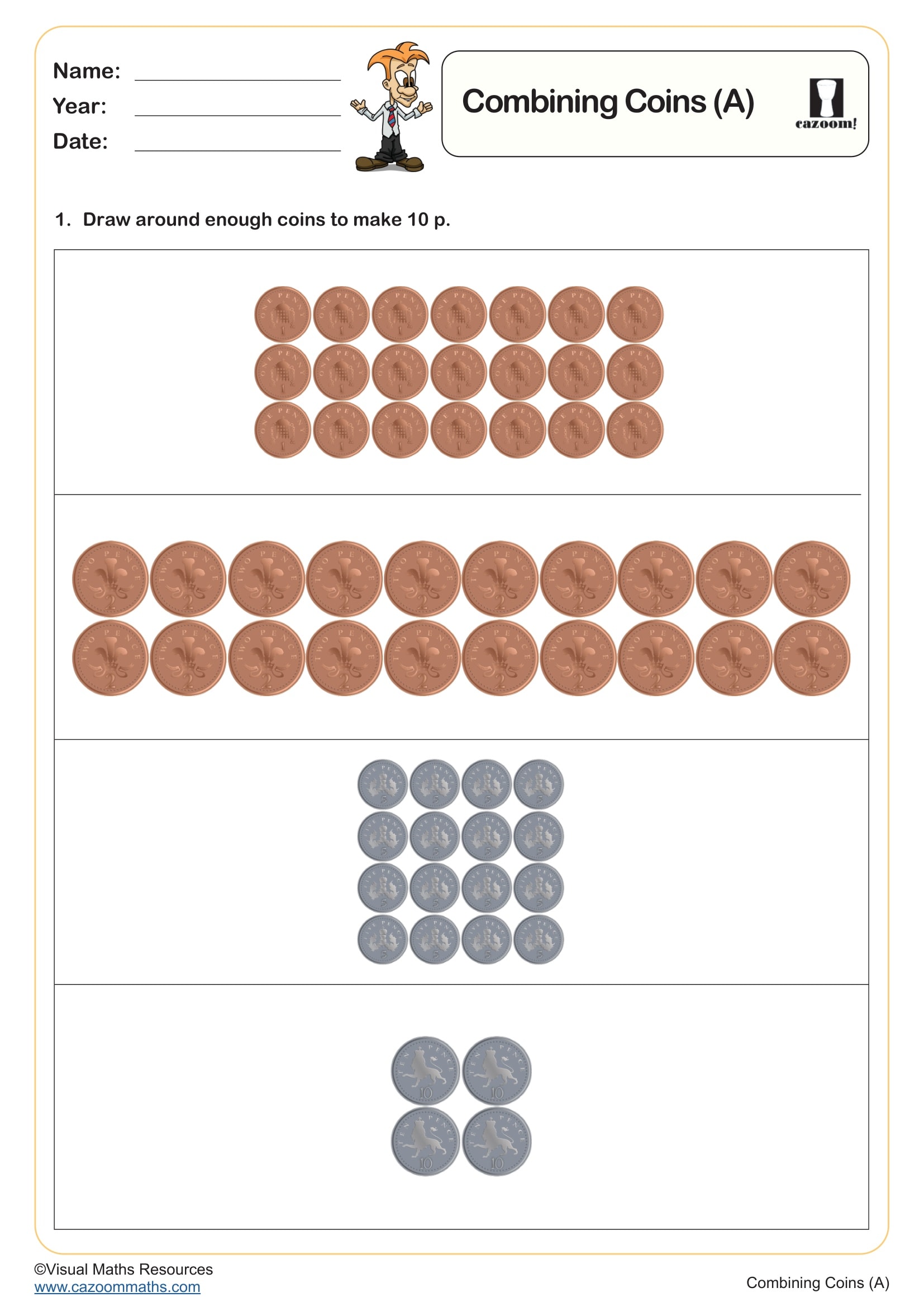
Comparing Heights
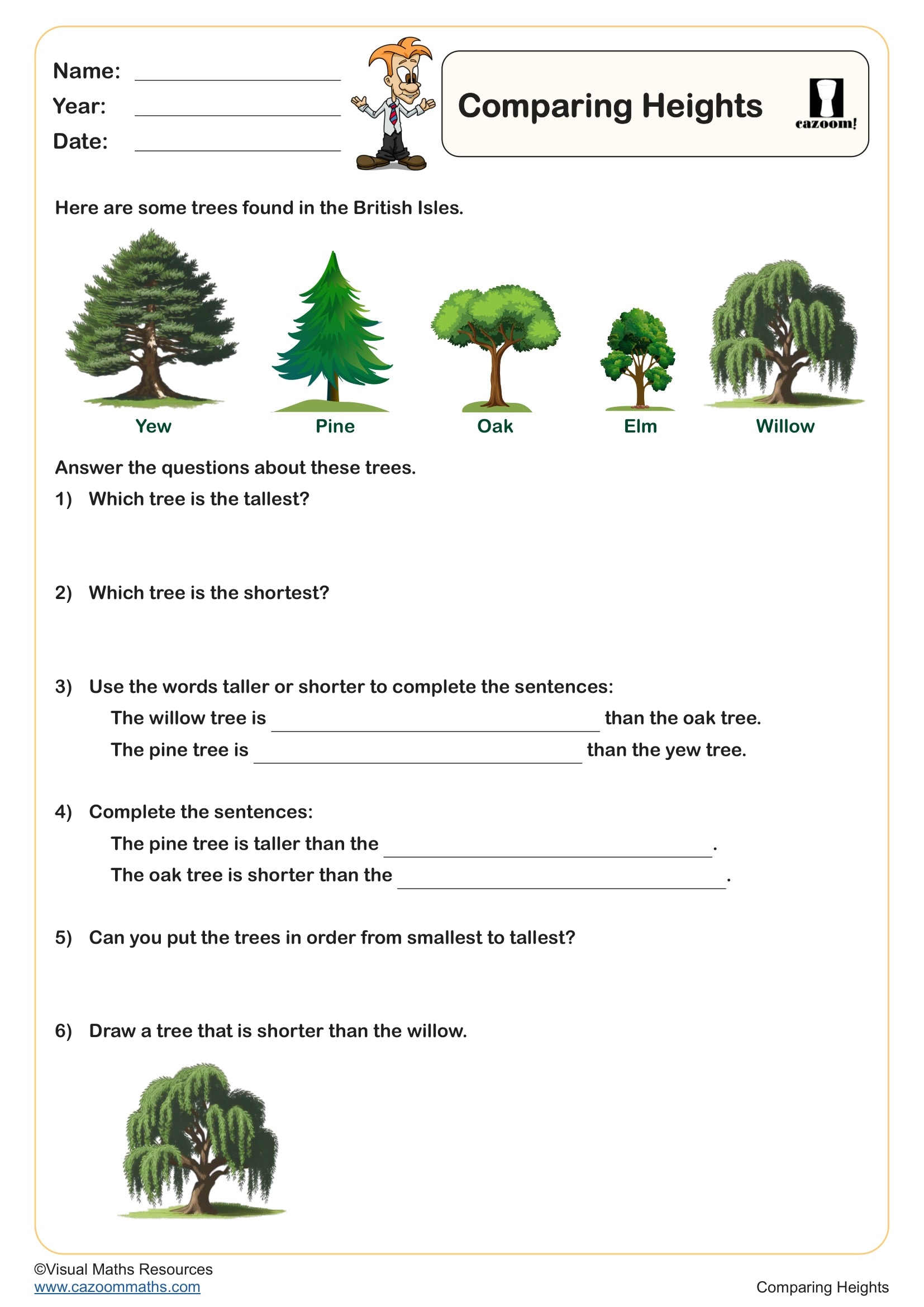
Comparing Mass
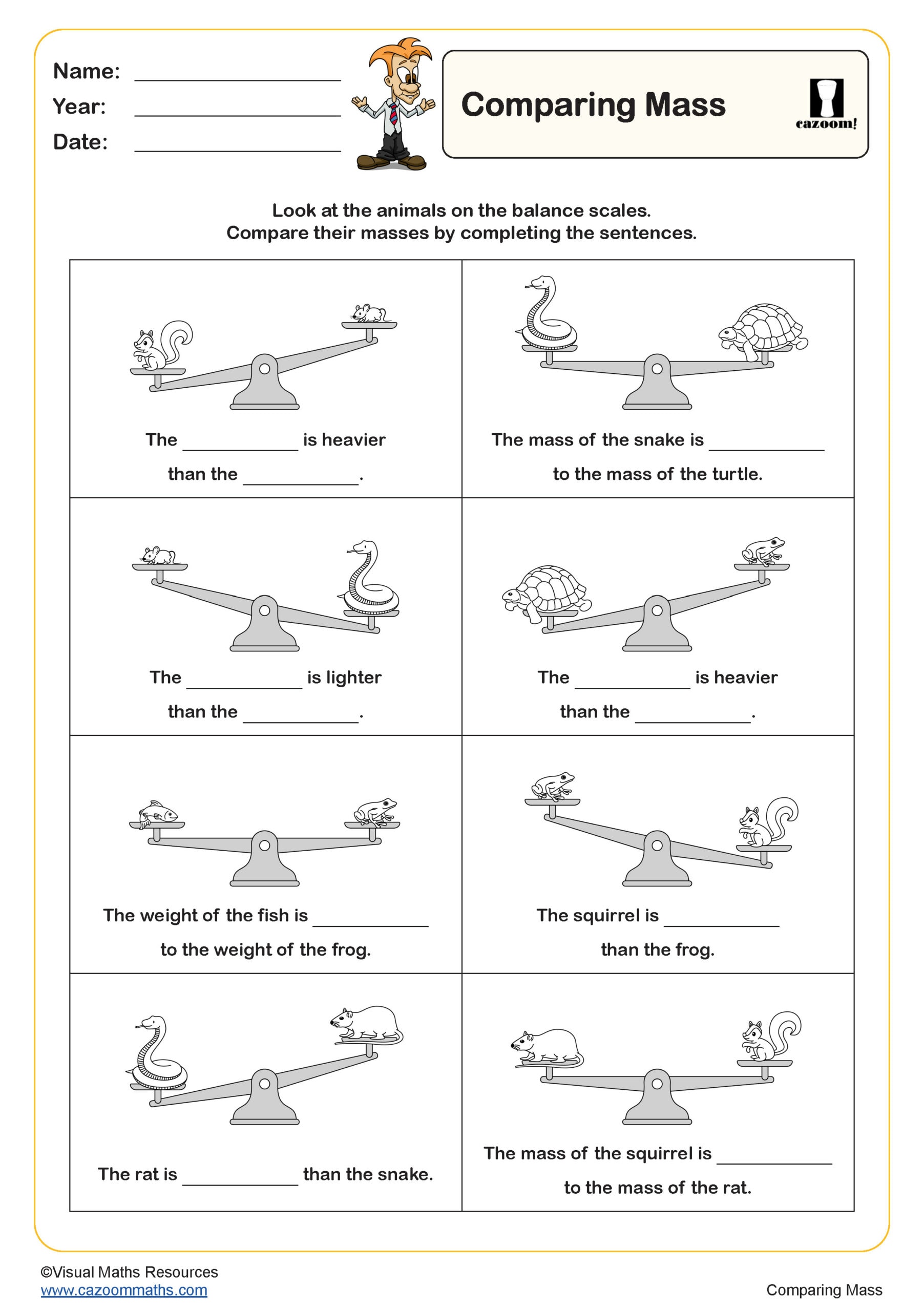
Comparing Volume
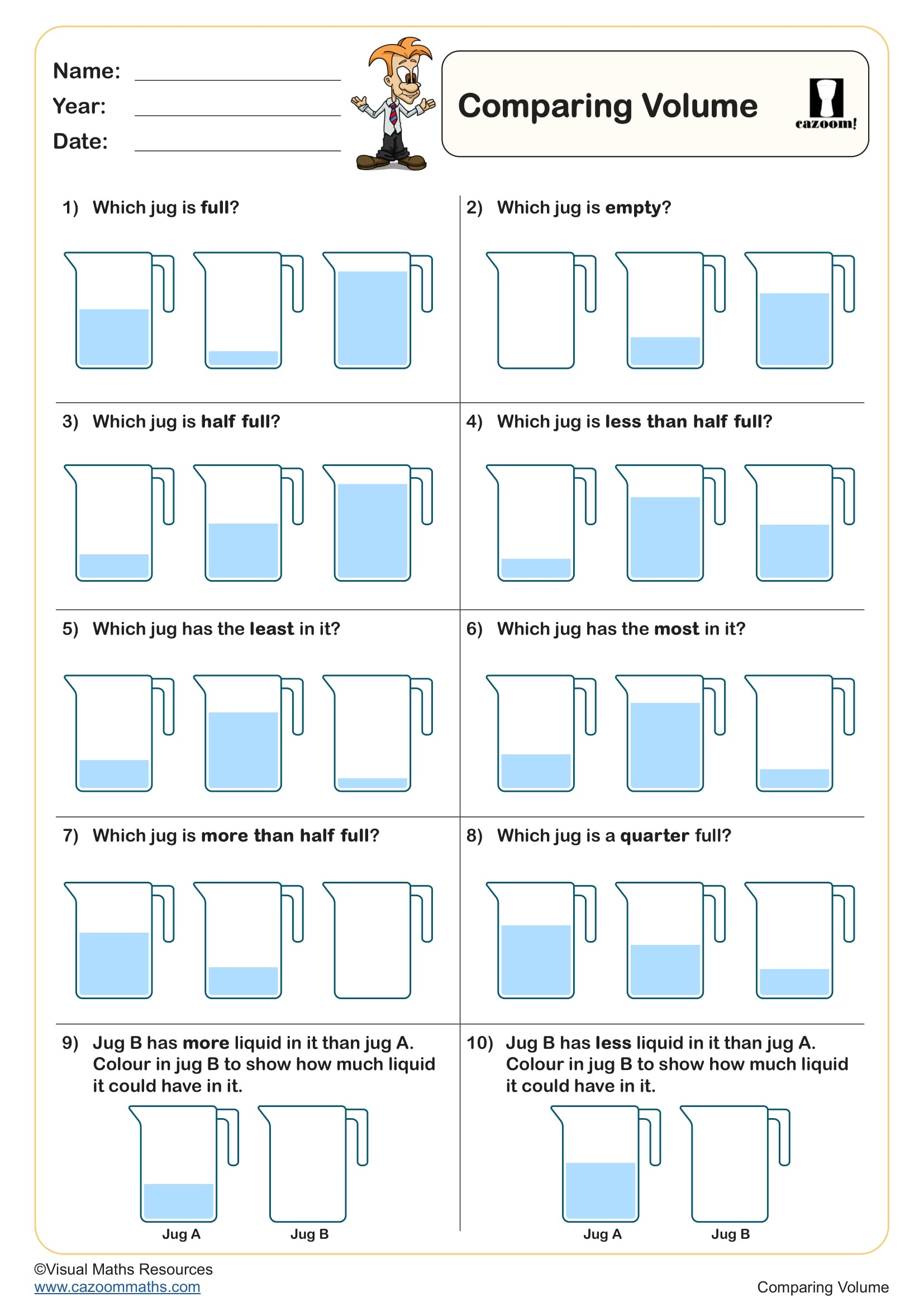
Equal Amounts (A)
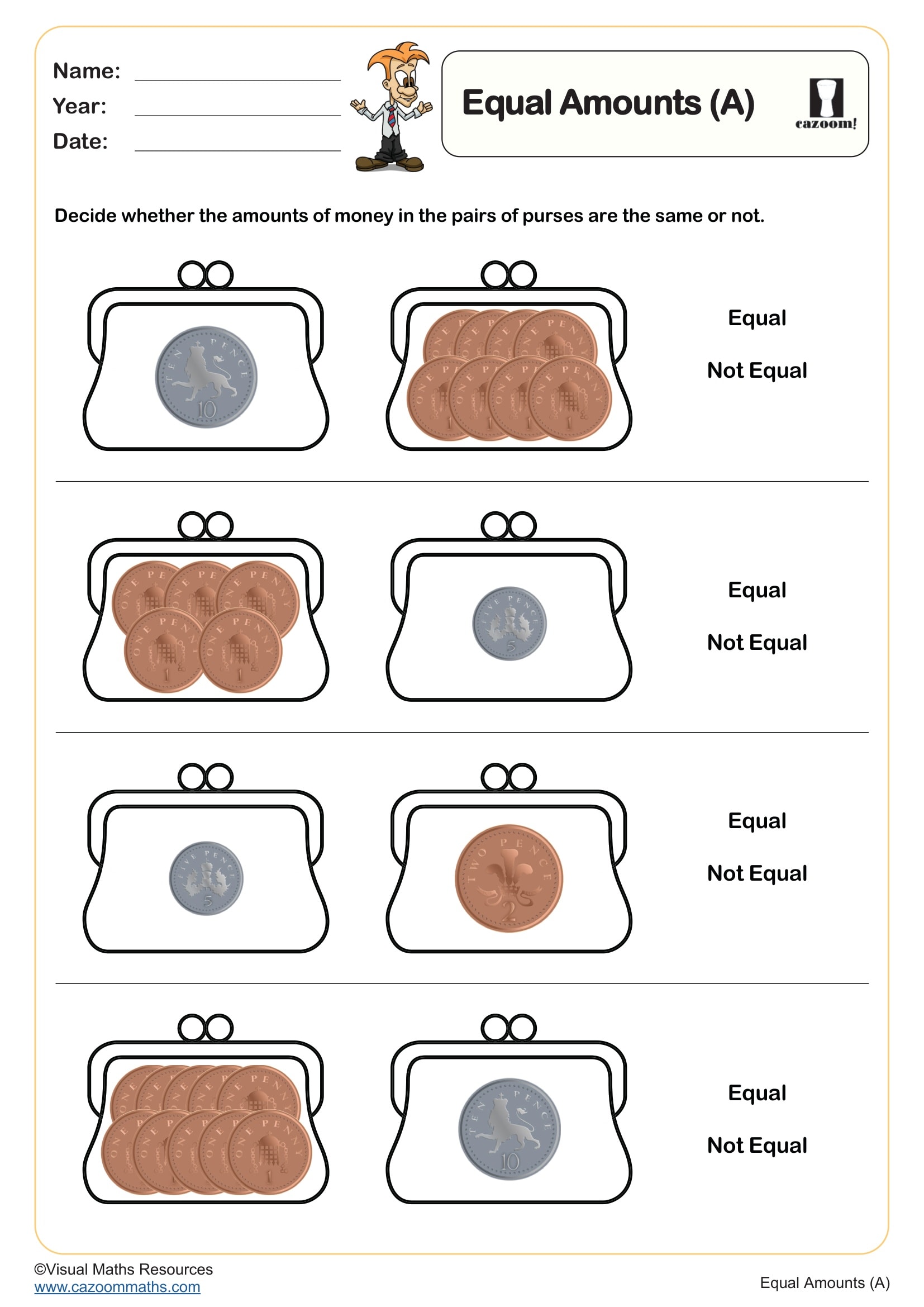
Equal Amounts (B)
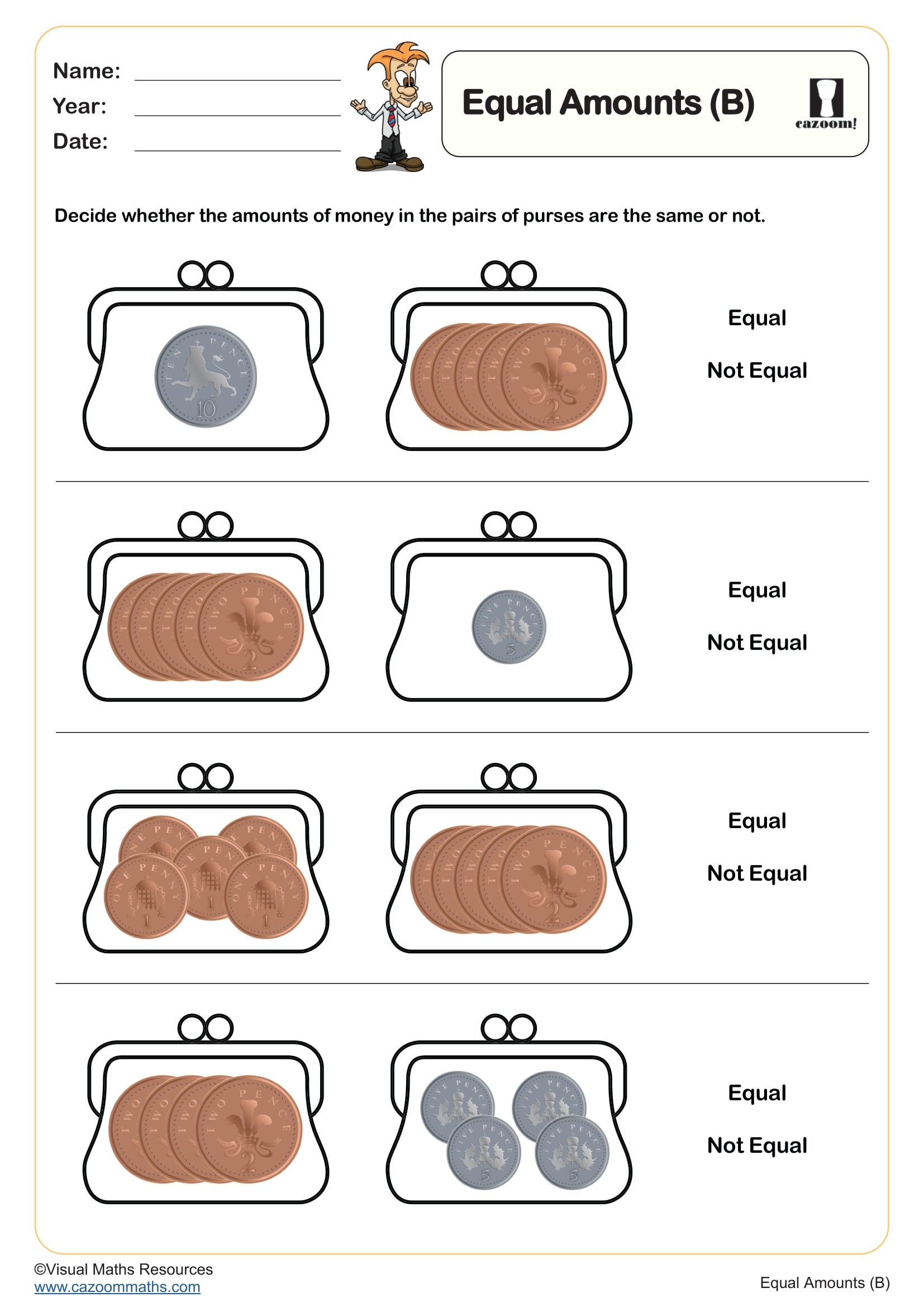
Learning to Tell the Time (A)
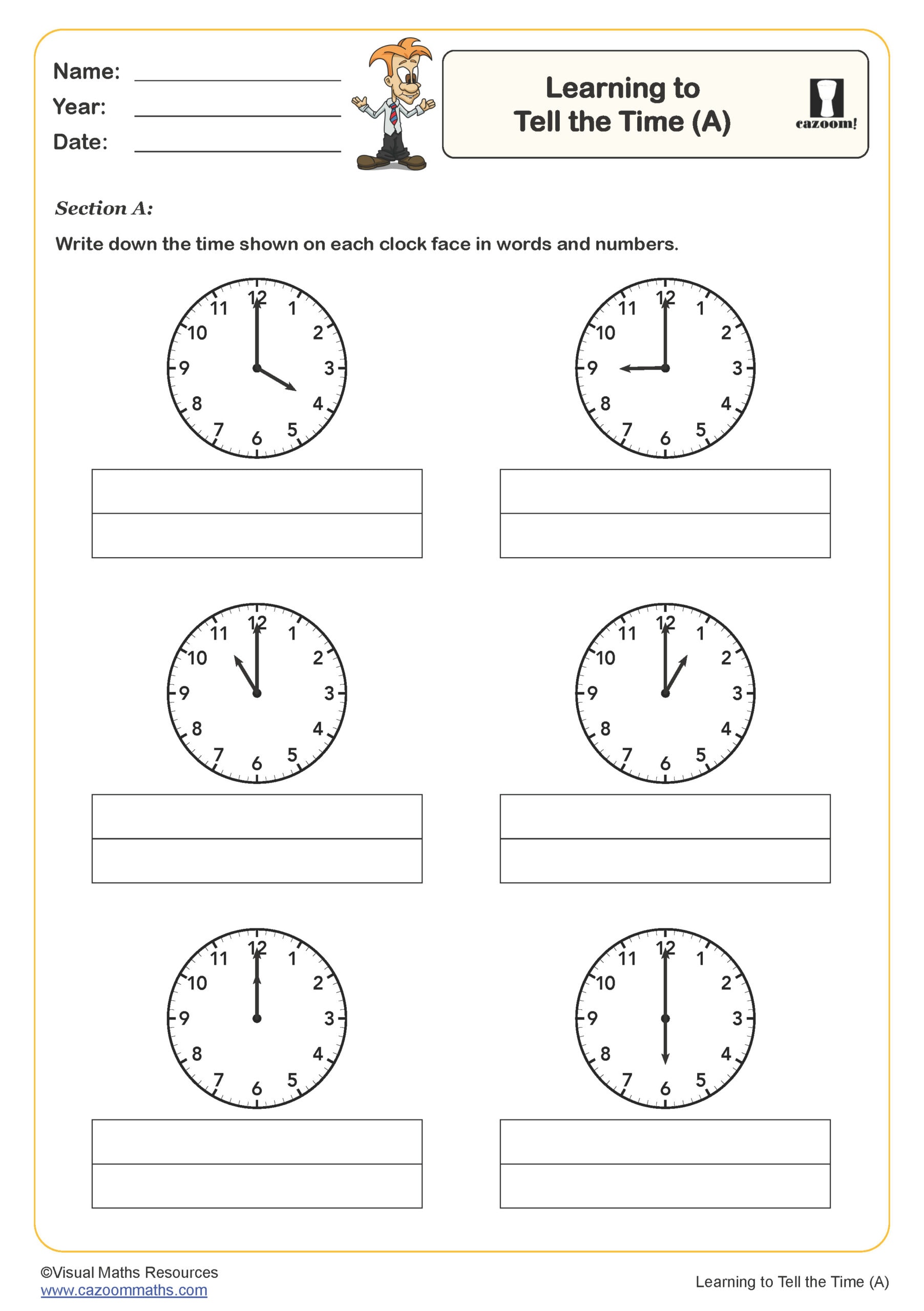
Learning to Tell the Time (B)
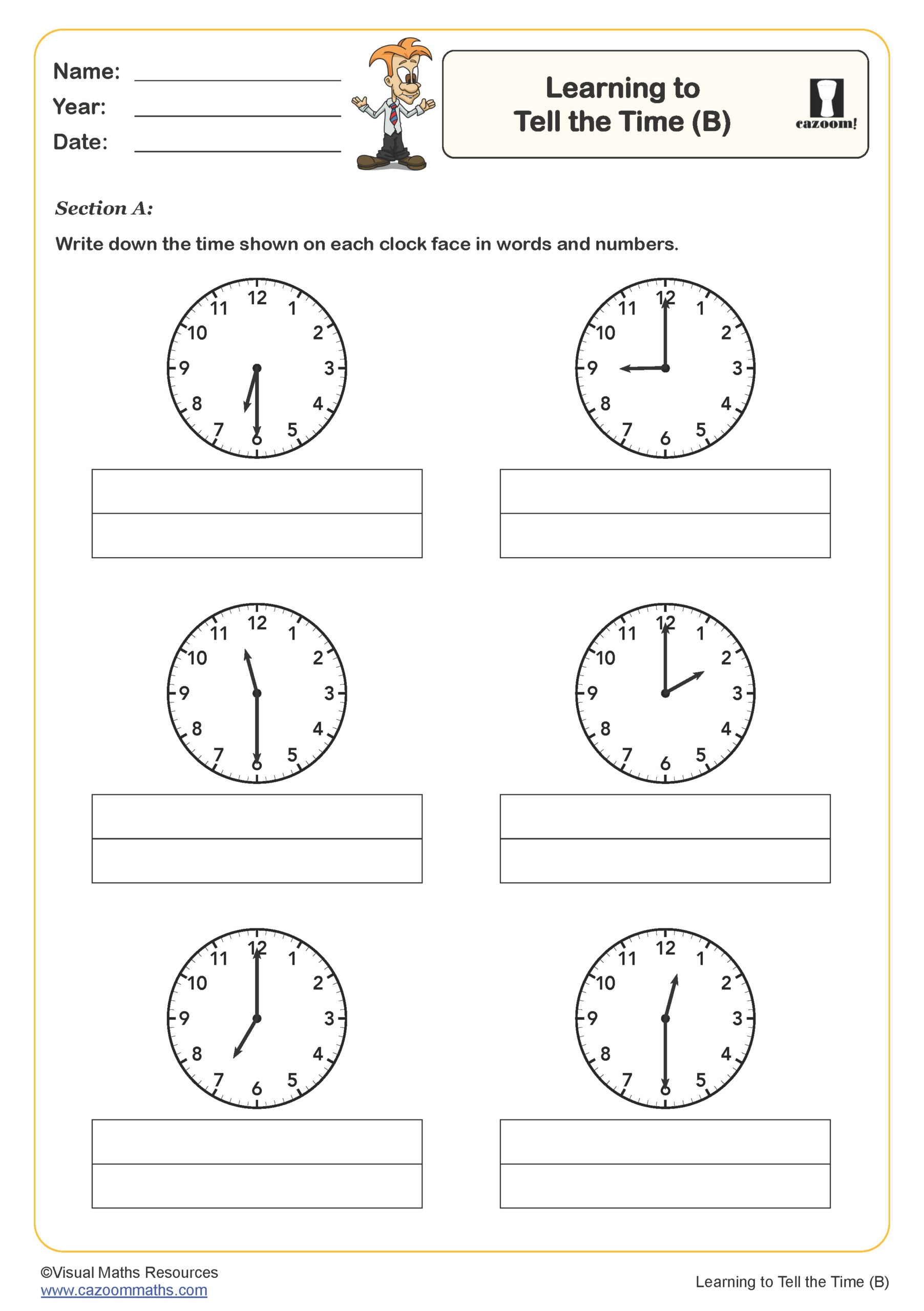
Learning to Tell the Time (C)
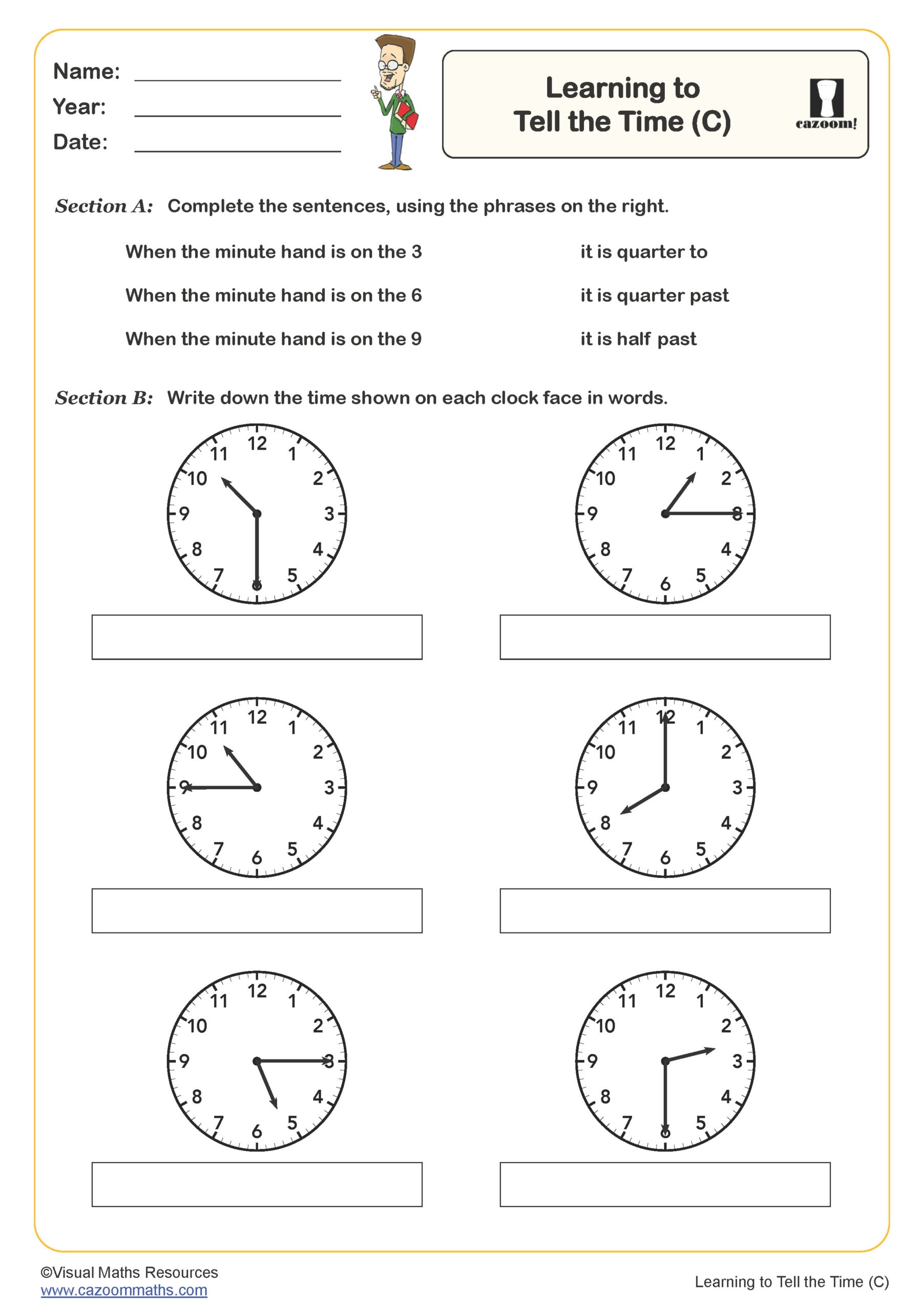
Measuring Length
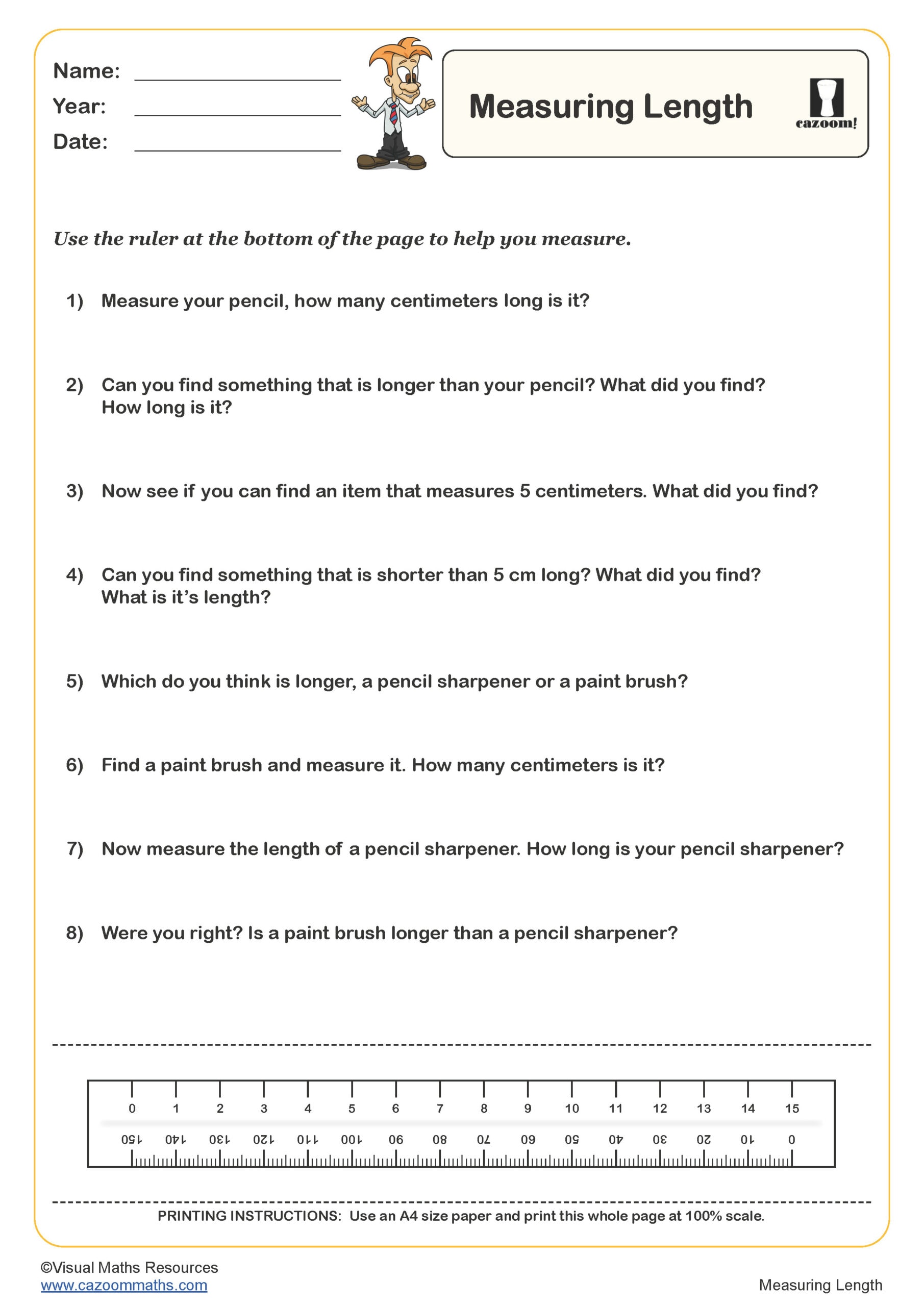
Measuring Mass (A)
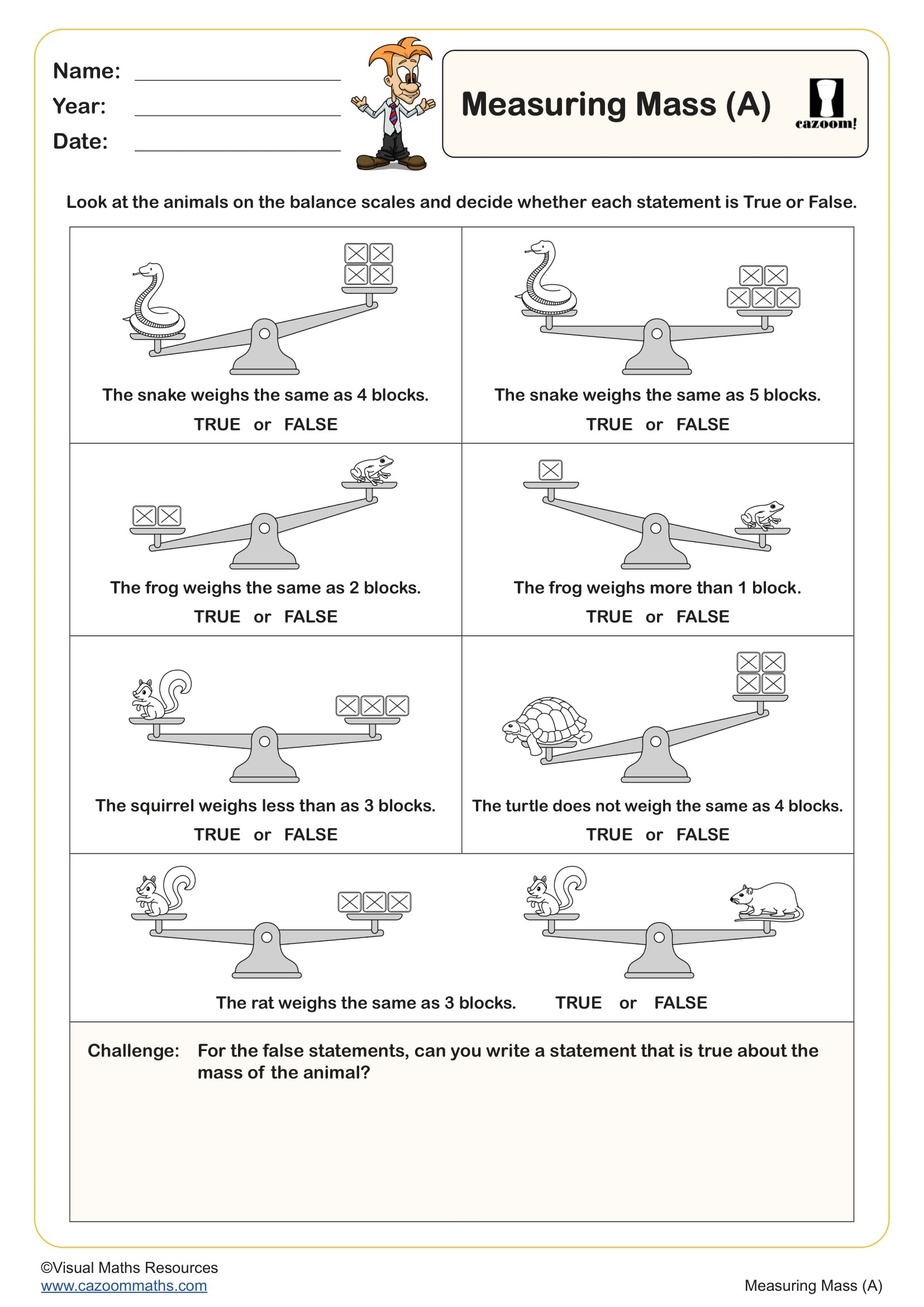
Ordering Dates and Events
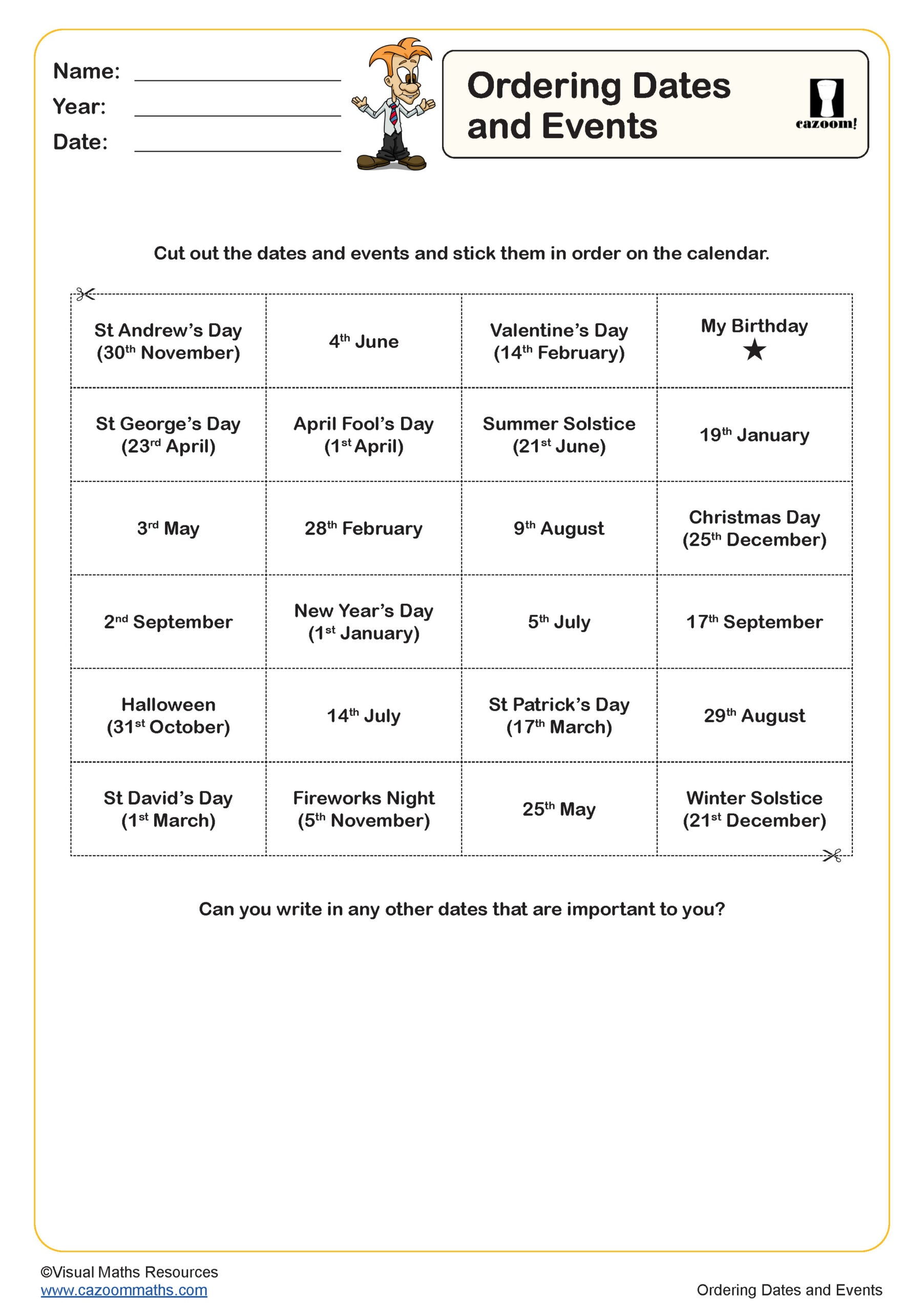
Ordering Time (A)
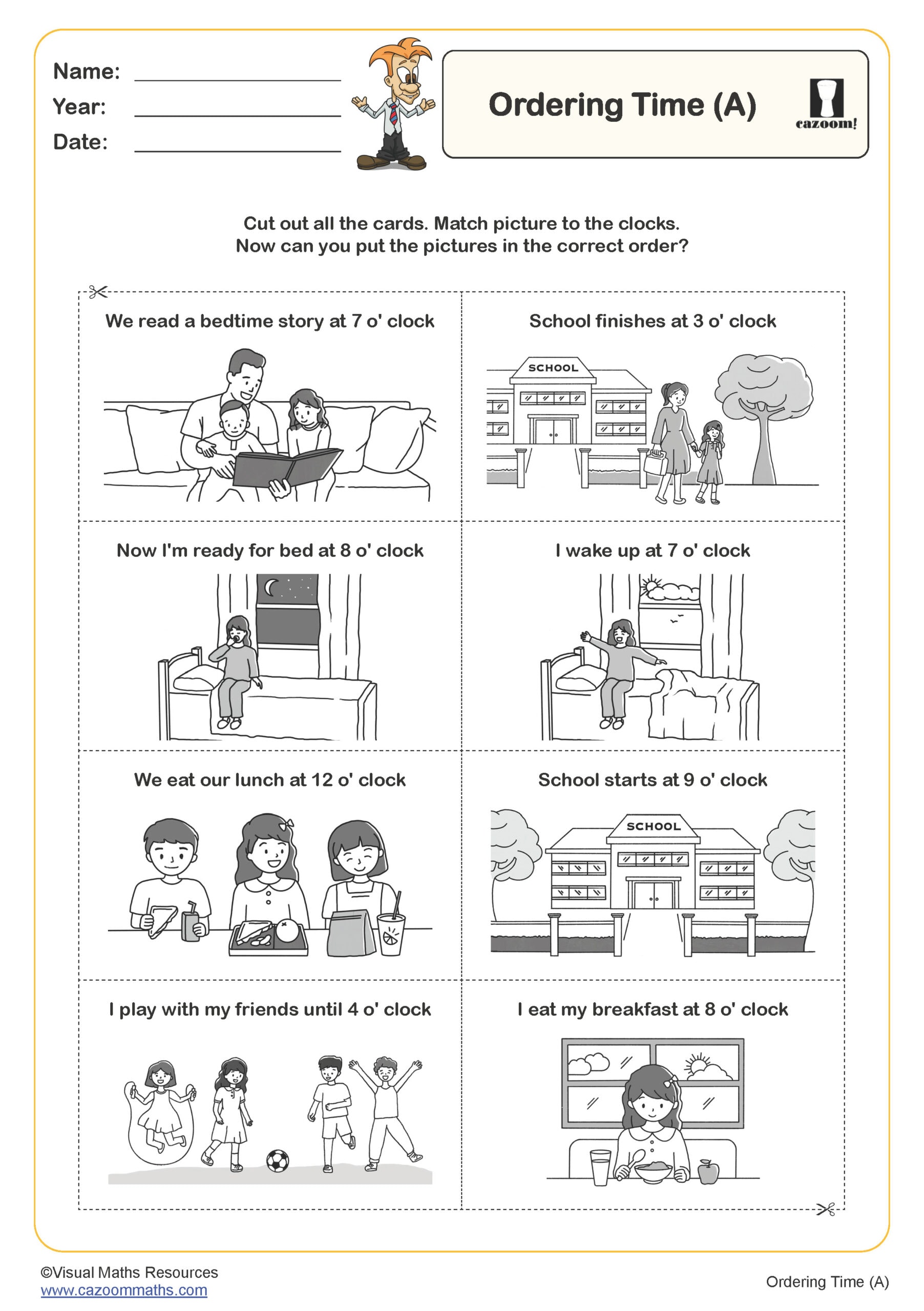
Ordering Time (B)
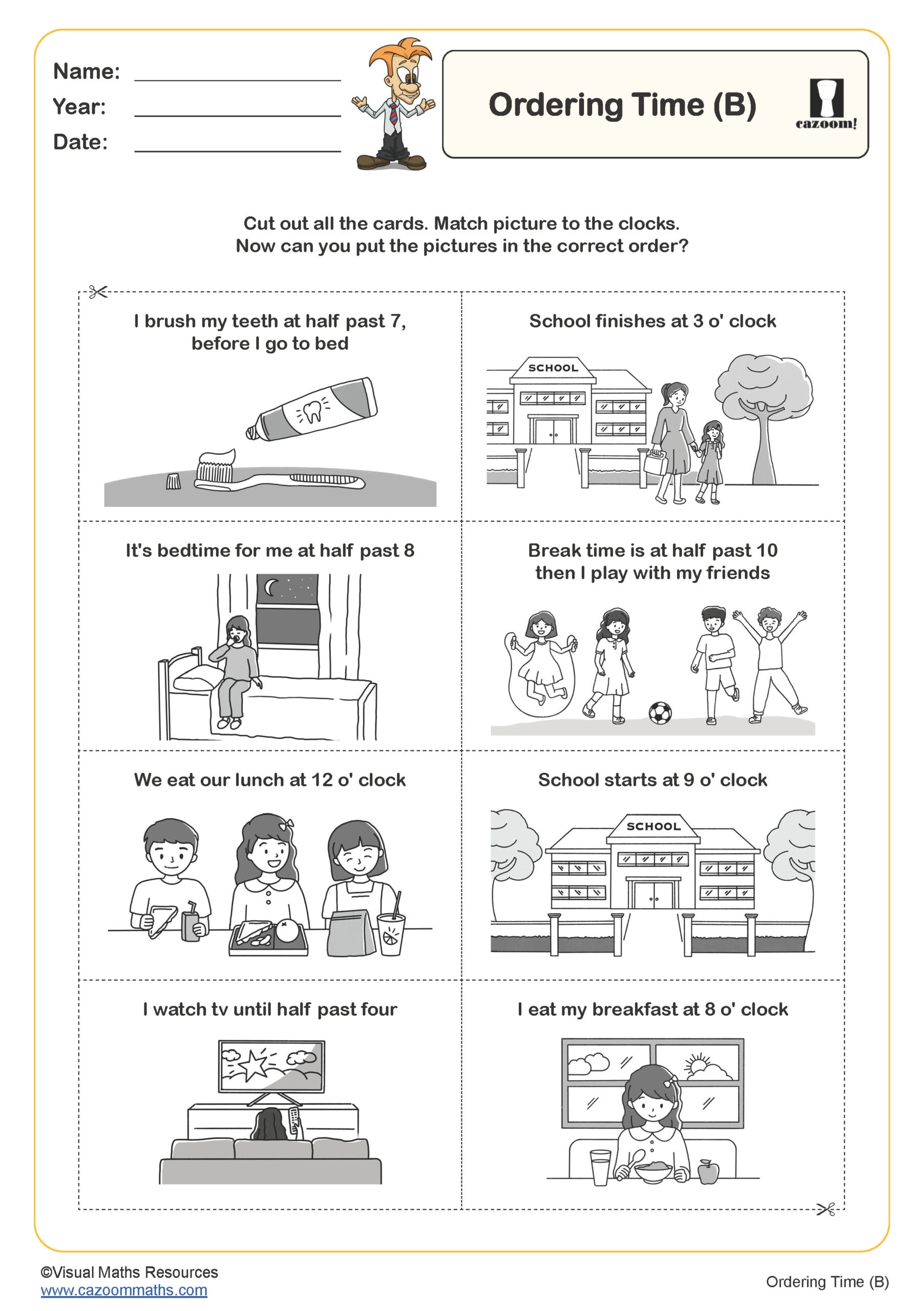
Recognising Coins - 1p, 2p, 5p & 10p
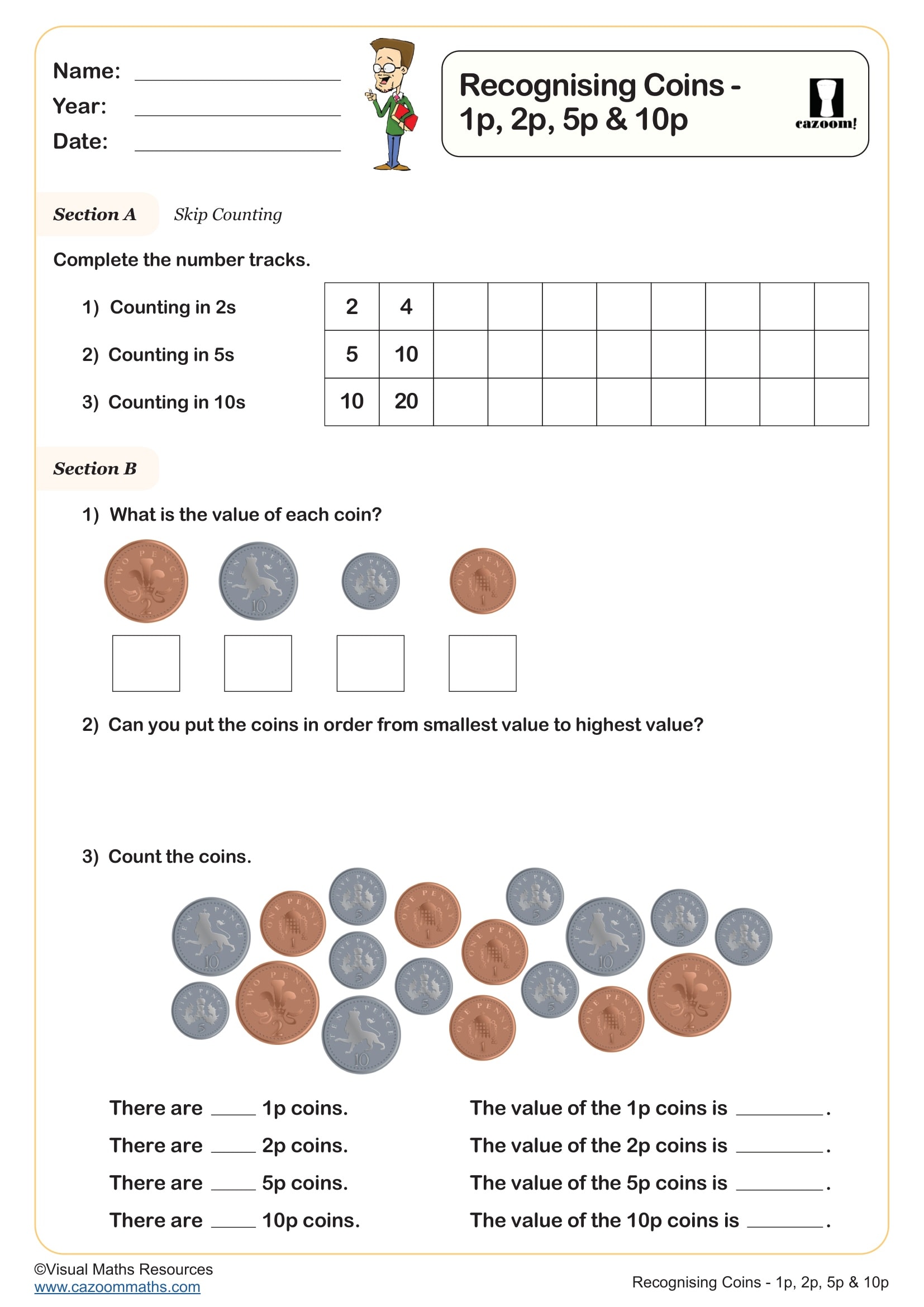
Recognising Coins - 1p, 2p, 5p, 10p, 20p & 50p
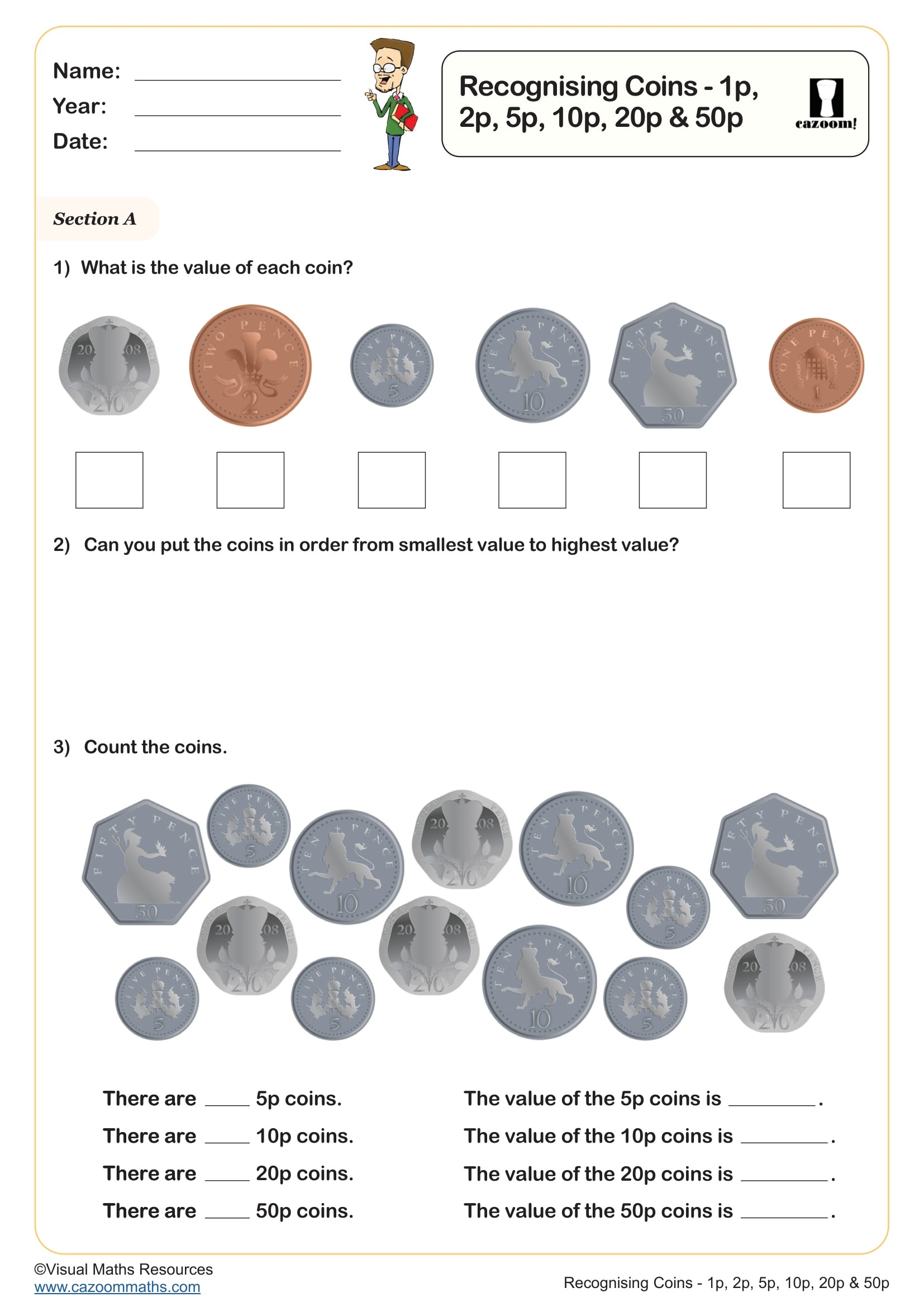
Printable PDF Year 1 Measurement Activities
Download our ready-to-use measurement worksheets for year 1 in PDF format right now to provide your young learner with much-needed extra practice to master this core maths concept. Each of our custom-made worksheets comes with detailed and separate answer sheets for an easy checking process. Teachers and parents can instantly print these resources at home or at school. The worksheets work perfectly for classroom lessons, homework tasks, or extra practice sessions at home.
What is the Basic Idea of Measurement?
Measurement helps children understand size, length, height, and weight in the world around them. Year 1 pupils learn to compare objects using words like 'longer', 'shorter', 'taller', and 'heavier'. They start with simple comparisons before moving to measuring with non-standard units. This builds the foundation for using rulers and scales later in their education.
What Are Included in Our Year 1 Measurement Worksheets
Our comprehensive collection covers all key measurement topics for Year 1 pupils:
• Length and Height Comparison - Activities comparing pencils, books, and classroom objects
• Weight Activities - Comparing which objects are heavier or lighter using balance scales
• Capacity Tasks - Filling containers and comparing which holds more water
• Non-Standard Units - Measuring using paper clips, cubes, and hand spans
• Ordering by Size - Arranging objects from shortest to tallest or lightest to heaviest
• Time Activities - Telling time and ordering dates and events in sequence
• Metric Measurements - Introduction to Measuring Objects Using Simple Metric Units
Why These Resources Are Important
These Year 1 maths measurement worksheets build essential maths skills that children use every day. They help pupils develop logical thinking and problem-solving abilities through practical activities. Regular practice with measurement concepts boosts confidence in maths lessons. Children learn to observe differences and make accurate comparisons between objects around them.
Real Life Uses of Measurement Skills
Measurement skills help children in many everyday situations:
• At Home - Helping parents cook by measuring ingredients and comparing container sizes
• Getting Dressed - Choosing clothes that fit correctly and comparing shoe sizes
• Playing Games - Understanding rules about distance, height, and weight in sports
• Shopping - Comparing sizes of toys, books, and other items they want to buy
• School Activities - Lining up by height and organising classroom materials by size